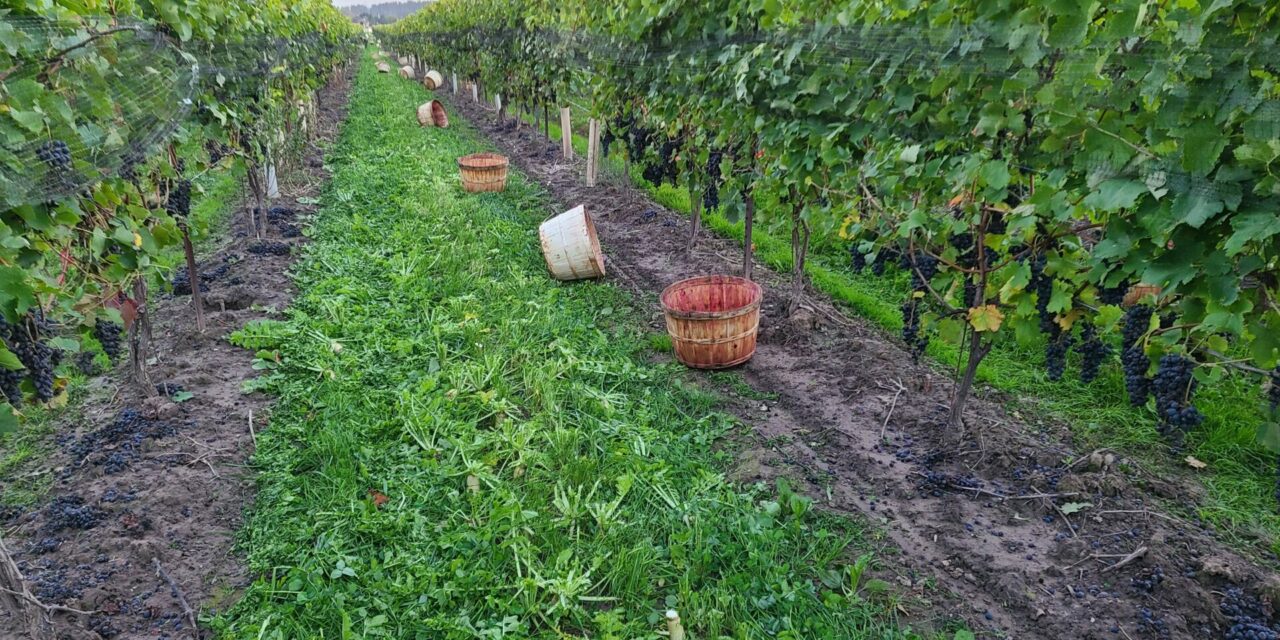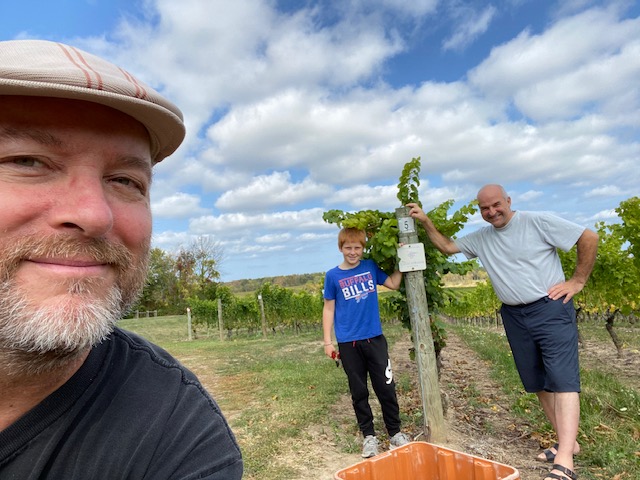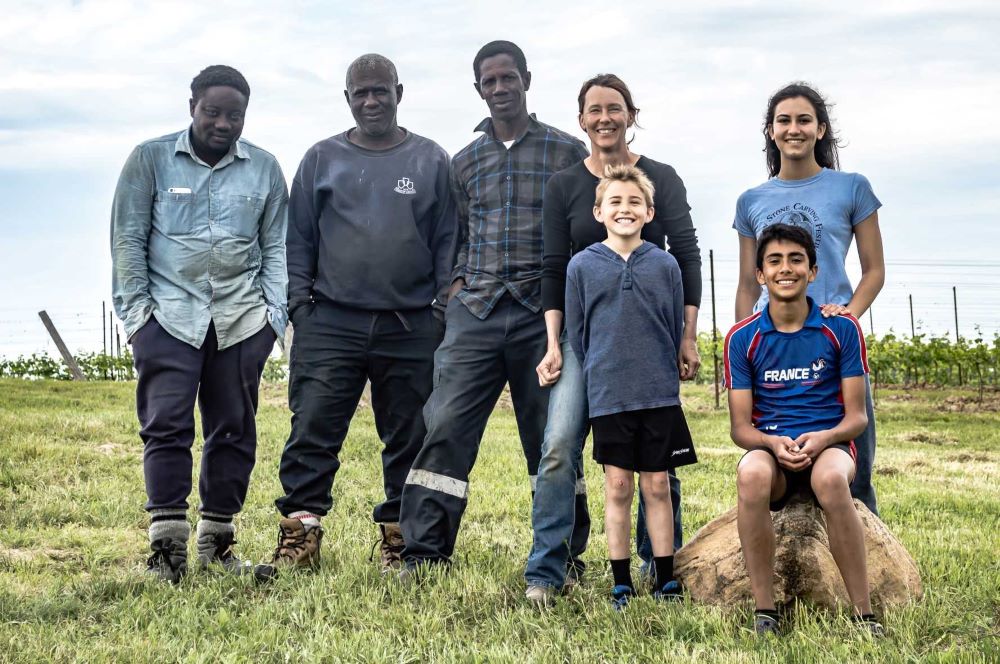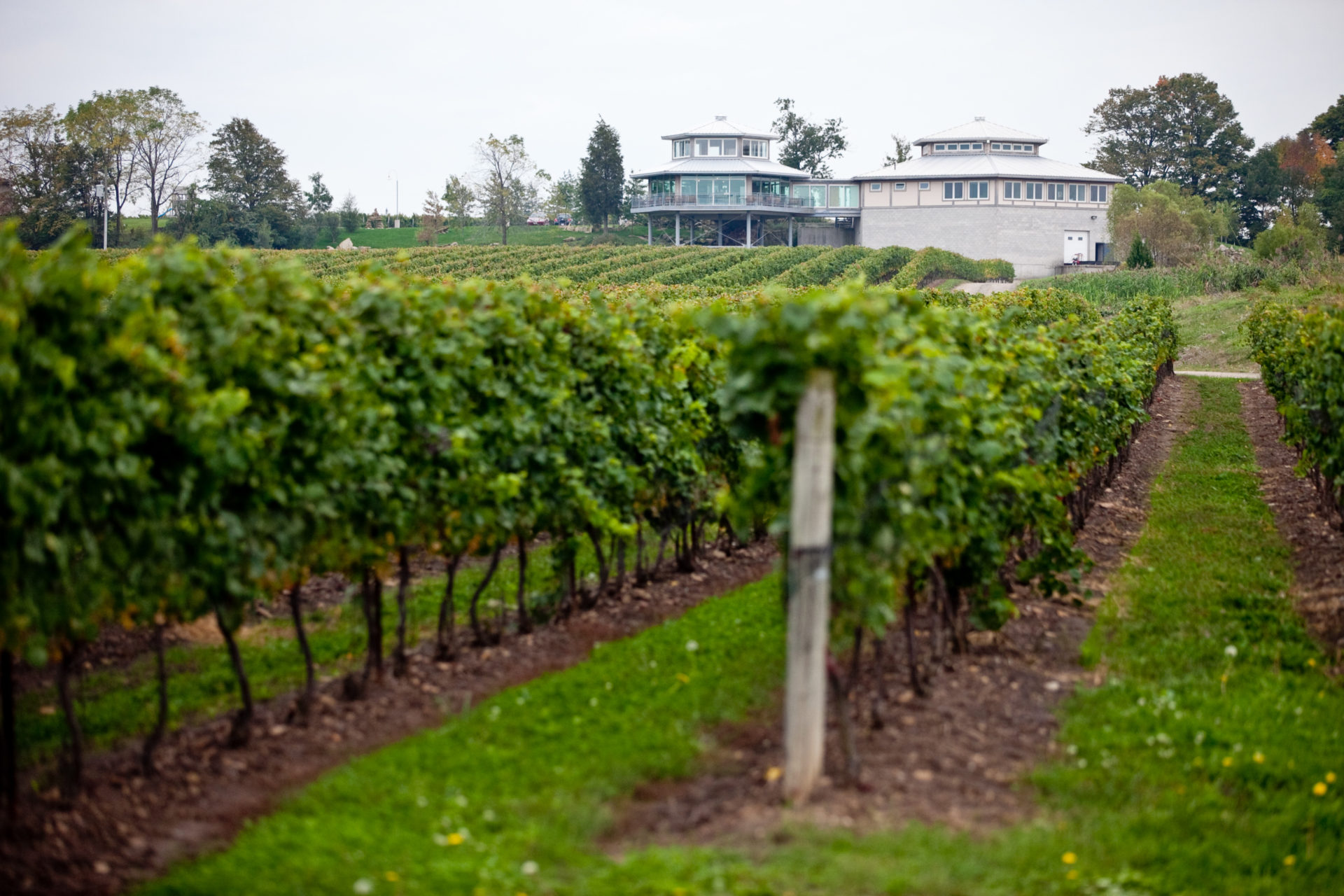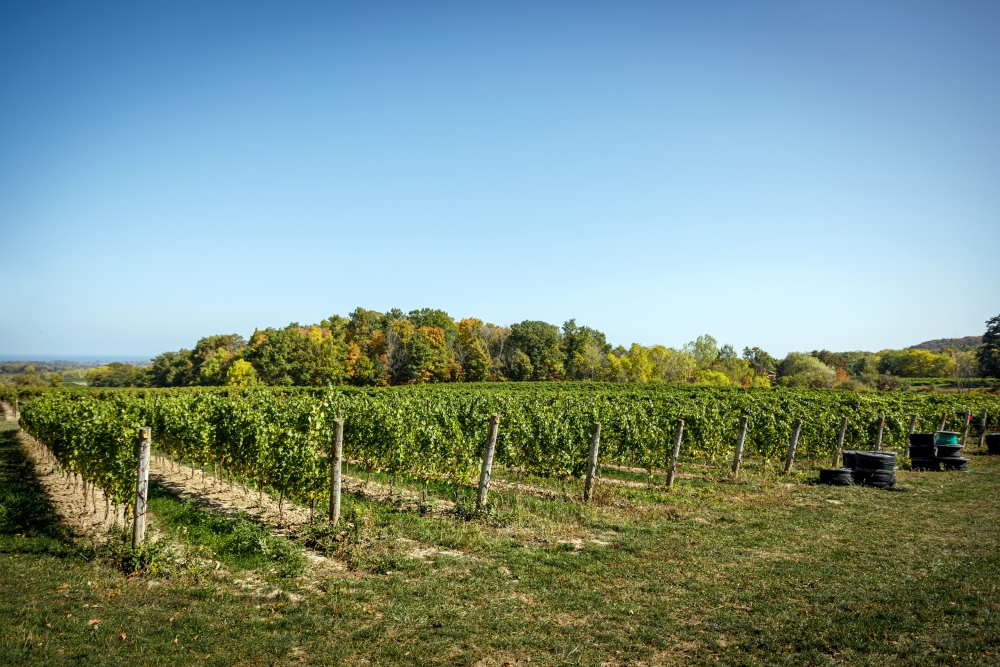Plenty of distinctive vineyards contribute to our collective understanding of Niagara terroir for Chardonnay, Pinot Noir and Riesling. However, I think some of the most interesting Niagara wines are Syrah based. When I was reading and researching to write this piece, I was surprised to find that very little has been written about Niagara Syrah. The variety is well under the radar due to the scarcity of plantings and the inherent challenges of growing Syrah in our climate.
When done right, Niagara Syrah can be as haunting and heady as the best from the Northern Rhône. I might regret writing this if it makes it harder to get my hands on the small amounts of top Syrah that are made. Oh well, the best wines are better shared.
Michael Kacaba was the first to plant Syrah in 1998 on the Beamsville Bench. Several of the better-known parcels of Syrah include those at Daniel Lenko’s estate vineyard, Creekside Estates, and Kezcan Vineyard, discussed here.
Syrah is responsive to small changes in soil and microclimate. The grape is allergic to winter and needs to ripen well into fall to have any chance at complexity. It’s only possible to bring out its best in just a few locations across Niagara. Fortunately, my first introduction to Niagara Syrah was Leaning Posts Kezcan Syrah. Ilya Senchuk has been crafting swoon-worthy Syrah from the vineyard since 2012.

Leaning Post Proprietors Ilya and Nadia Senchuk
VINEYARD
Kezcan vineyard occupies a little pocket of perfection that allows Syrah to thrive in what is otherwise an unsuitable spot for the grape. It was planted by Leslie Kezcan and his wife Judy in 1998. They added Syrah to the vineyard in 2009. Sadly Leslie passed away in 2021, though the vineyard and larger family farm still thrive. The vineyard falls within the Lincoln Lakeshore VQA sub-appellation but is set right up against the border of the Beamsville Bench. It is located north of the junction of Hwy 81 and Quarry Road. It lacks the dramatic contours of Bench vineyards, but the land slopes enough to drain air towards the lake.
Syrah is especially susceptible to harsh winter temperatures, so it’s critical to keep cold air from settling on the vines. Kezcan vineyard is sunk down slightly compared to the surrounding land turning the vineyard into a suncatcher. The vines soak up every last bit of sun as they inch towards full ripeness.
The thing that takes this vineyard to the next level is the shale bedrock soil; this is a less common soil type in our wine regions and it’s an excellent medium for growing Syrah. Shale drains well but acts as a reservoir for water offering the vines a strained but consistent water supply. The crumbly nature of shale allows vine roots to traverse drive down into the bedrock. Shale sources over millennia from compressed clay loam. It’s nutrient-rich relative to other vineyard soil types. The clay loam topsoil offers another fertile layer conducive to micronutrient exchange.
All this to say that the vineyard’s geology naturally keeps the vines in check. The outcome is complex, concentrated Syrah grapes primed for making top-tier wine. Thick-skinned Syrah is capable of dealing with intense summer sunshine and humidity. Harvest is usually late October when humid, and wet fall weather can bring concerns about Noble Rot affecting the crop. Airflow through the vineyard is vital again in managing this risk. Noble rot is only noble on grapes destined for sweet-style wines. It is rarely welcome on dry red wines. Assuming the vineyard team successfully meets the challenges of the growing season, the fruit that makes it to the crush pad is filled with potential for some seriously tasty wines.
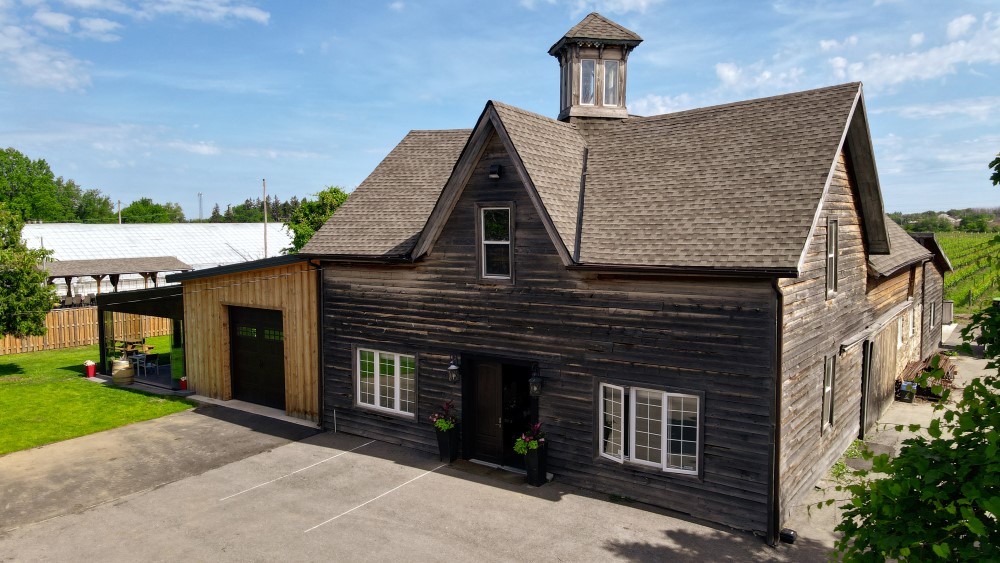
Leaning Post Winery
VIGNERON
Capturing terroir in bottle such that it’s perceptible to the average wine drinker is easier said than done. Ilya is a clearly talented winemaker turning out excellent wines from all the flagship Niagara varieties, but his Syrah is something extra special. Although the grape is not very common, Syrah was the first Niagara wine he made. He was working at Daniel Lenko and made the 2002 vintage. His wine caught the attention and praise of international wine critic Jancis Robinson when she visited the region in the early aughts. When he established Leaning Post Wines in 2009, he knew he wanted to make some Syrah. He found Syrah for sale from a vineyard that showed promise. It was only being sold as part of a larger mixed parcel of varieties. After some crafty matchmaking to find buyers for the other varieties in the lot, Ilya secured his bit of Kezcan vineyard Syrah. The rest is history in the bottle.
His winemaking style is light-handed and generally low intervention. The fruit is typically sorted, destemmed, and fermentation kicks off naturally. The wine is aged in a mix of new and old barrels. The oak is always well proportioned to the wine and never pushy. TERROIR IN THE GLASS Syrah reaches some of its most compelling expressions on shale soils, such as those from the Swartland of South Africa or the Santa Rita Hills and mountains surrounding Santa Barbara. Syrah wines grown on Shale are exceptionally aromatic and tick all the boxes for savoury herbs and spice. A textural tension and precision seem to be a common thread on these Syrahs.
Perhaps the closest comparison point to Niagara Syrah is probably that of Seneca Lake in the Finger Lakes region of New York. Seneca Lake is similarly known for shale soils, and the region is geologically and climatically very similar to Niagara. As for what you can expect of the Kezcan Vineyard Syrah, Ilya notes that the vineyard always shows a background of ripe fruit but at much lower alcohol than you would arrive at in the northern Rhône. The fruit dances between sweet and tart with cracked white pepper and bacon fat. The acids are zippy, clearly reflective of our marginal climate.
I think cool climate Syrah is versatile and works well year-round. I’d lean on this for your late summer BBQ over a jam bomb Aussie Shiraz any day. The wine is available directly from Leaning Post Wines and through their agent, Nicholas Pearce Wines. During the summer, they are also at several farmer’s markets around the city. Lucky for me, they are a regular feature of the Junction Farmers Market.
THE WINE

